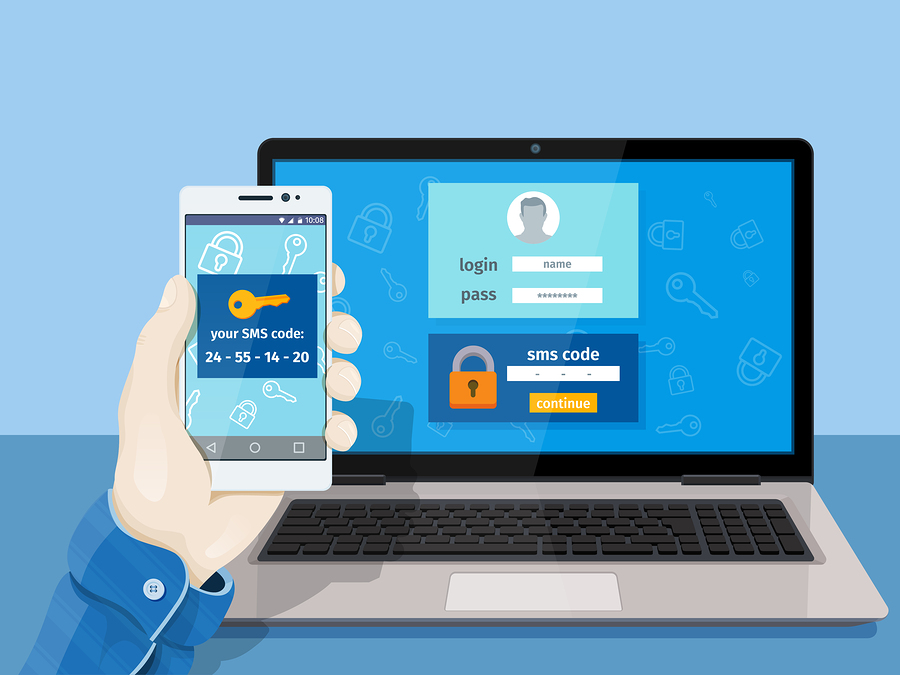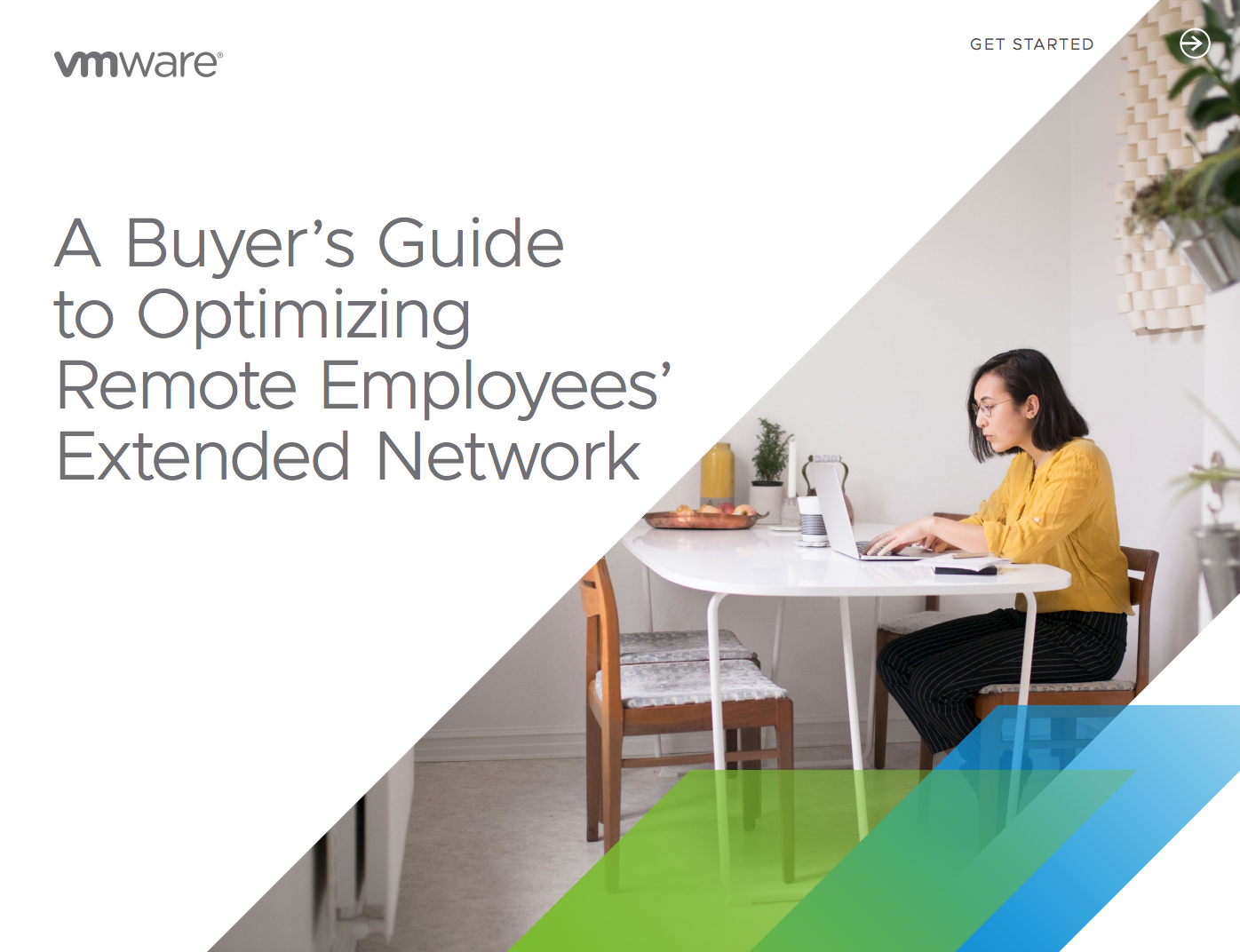Zoom finally rolls out two-factor authentication
The tool is to help organisations prevent identity theft and security breaches


Zoom has added two-factor authentication (2FA) to its video-conferencing platform in an effort to help organisations prevent identity theft and security breaches, as well as reduce security costs for businesses and schools.
Users who are part of an organisation can now use the additional security layer by choosing between one-time password (TOTP) apps, such as Google Authenticator and Microsoft Authenticator, or having Zoom send a code via SMS or phone call.
Admins can enable the tool by signing into the Zoom Dashboard, selecting Advanced, then Security, and enabling the “Sign in with Two-Factor Authentication” option.
They will then be able to enable 2FA for all users in their account, users with specific roles, or users belonging to specific groups, choosing the groups, and then clicking OK.
In a blog post announcing the update, the company outlined the benefits of the new tool, such as improved security, simplified credential management, being able to meet compliance obligations for sensitive data and customer information, as well as reduced costs of security.
“For small businesses and schools, it can be expensive to pay for an SSO service,” the company said. “Zoom’s 2FA provides a free and effective way to validate users and protect against security breaches.”
The announcement comes days after it was revealed that the company’s revenues were up 355% in the second quarter of 2020, making it one of the biggest beneficiaries of the global lockdown. The firm capitalised on the sudden need to communicate remotely with work, friends and family and averaged 148.4 million monthly active users in the second quarter, an increase of 4,700% year on year, according to CNBC.
Get the ITPro daily newsletter
Sign up today and you will receive a free copy of our Future Focus 2025 report - the leading guidance on AI, cybersecurity and other IT challenges as per 700+ senior executives
RELATED RESOURCE

A buyer’s guide to optimising remote employees’ extended network
Three key factors to consider when tackling network-related challenges
However, its sudden success had also been plagued with security issues, such as the infamous Zoom-bombing trend, which recently affected the trial against the teenager accused of July's mass Twitter hack.
The issue forced the company to improve encryption standards and password security, leading to the hire of former Salesforce and Microsoft security executive Jason Lee.
Having only graduated from City University in 2019, Sabina has already demonstrated her abilities as a keen writer and effective journalist. Currently a content writer for Drapers, Sabina spent a number of years writing for ITPro, specialising in networking and telecommunications, as well as charting the efforts of technology companies to improve their inclusion and diversity strategies, a topic close to her heart.
Sabina has also held a number of editorial roles at Harper's Bazaar, Cube Collective, and HighClouds.
-
 Bigger salaries, more burnout: Is the CISO role in crisis?
Bigger salaries, more burnout: Is the CISO role in crisis?In-depth CISOs are more stressed than ever before – but why is this and what can be done?
By Kate O'Flaherty Published
-
 Cheap cyber crime kits can be bought on the dark web for less than $25
Cheap cyber crime kits can be bought on the dark web for less than $25News Research from NordVPN shows phishing kits are now widely available on the dark web and via messaging apps like Telegram, and are often selling for less than $25.
By Emma Woollacott Published
-
 Apple, Google, Microsoft expand their support for password-less sign-ins
Apple, Google, Microsoft expand their support for password-less sign-insNews New approach promises to offer “simpler, stronger authentication” across leading platforms to help protect users from malicious activity
By Daniel Todd Published
-
 Google claims default 2FA reduced account breaches by 50%
Google claims default 2FA reduced account breaches by 50%News The auto-enabled security mechanism was first introduced late last year
By Praharsha Anand Published
-
 Instagram begins rolling out two-factor authentication
Instagram begins rolling out two-factor authenticationNews The company will use SMS codes to verify users' identity
By Adam Shepherd Published
-
 Apple beefs up iCloud security
Apple beefs up iCloud securityNews Two-step verification for Apple ID users on iCloud, App Store and iTunes.
By Rene Millman Published